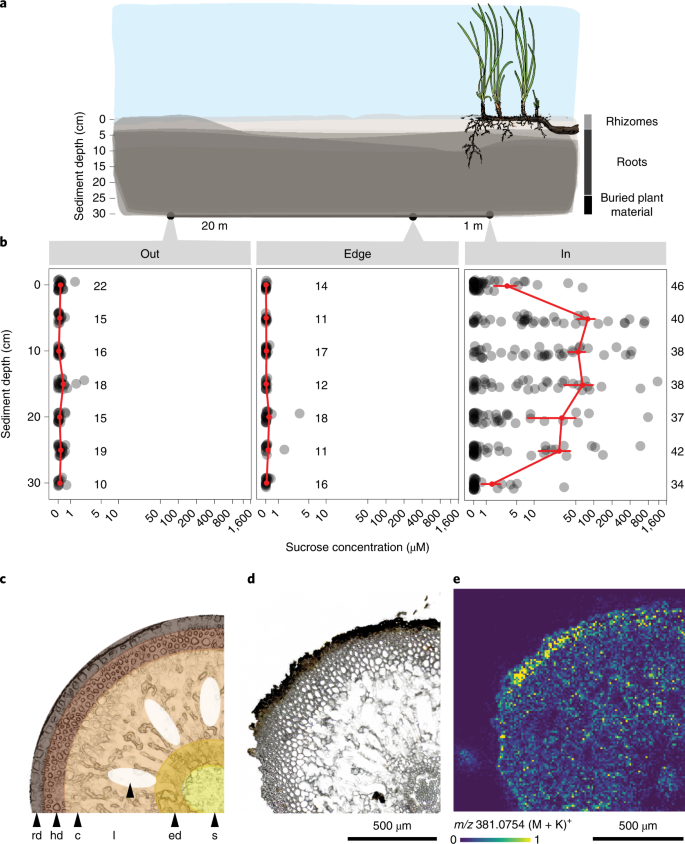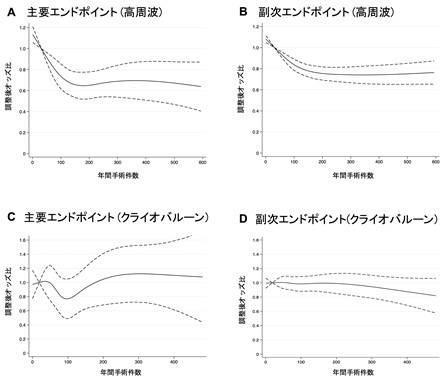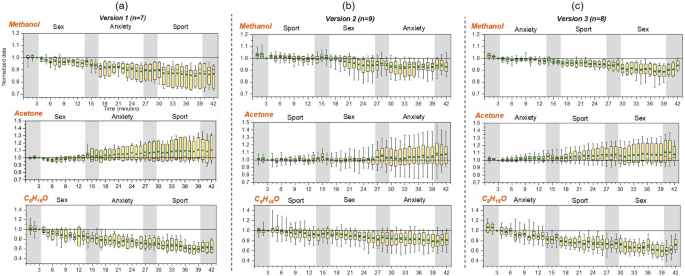海草の草原の下に膨大な量の糖分があることを発見 Researchers have discovered vast amounts of sugars underneath seagrass meadows
2022-05-02 マックス・プランク研究所
<関連情報>
- https://www.mpg.de/18577003/0429-mbio-sweet-spots-in-the-sea-mountains-of-sugar-under-seagrass-meadows-154772-x?c=2249
- https://www.nature.com/articles/s41559-022-01740-z
海草の根圏を支配する糖類 Sugars dominate the seagrass rhizosphere
E. Maggie Sogin,Dolma Michellod,Harald R. Gruber-Vodicka,Patric Bourceau,Benedikt Geier,Dimitri V. Meier,Michael Seidel,Soeren Ahmerkamp,Sina Schorn,Grace D’Angelo,Gabriele Procaccini,Nicole Dubilier & Manuel Liebeke
Nature Ecology & Evolution Published: 02 May 2022
DOI:https://doi.org/10.1038/s41559-022-01740-z

Abstract
Seagrasses are among the most efficient sinks of carbon dioxide on Earth. While carbon sequestration in terrestrial plants is linked to the microorganisms living in their soils, the interactions of seagrasses with their rhizospheres are poorly understood. Here, we show that the seagrass, Posidonia oceanica excretes sugars, mainly sucrose, into its rhizosphere. These sugars accumulate to µM concentrations—nearly 80 times higher than previously observed in marine environments. This finding is unexpected as sugars are readily consumed by microorganisms. Our experiments indicated that under low oxygen conditions, phenolic compounds from P. oceanica inhibited microbial consumption of sucrose. Analyses of the rhizosphere community revealed that many microbes had the genes for degrading sucrose but these were only expressed by a few taxa that also expressed genes for degrading phenolics. Given that we observed high sucrose concentrations underneath three other species of marine plants, we predict that the presence of plant-produced phenolics under low oxygen conditions allows the accumulation of labile molecules across aquatic rhizospheres.


